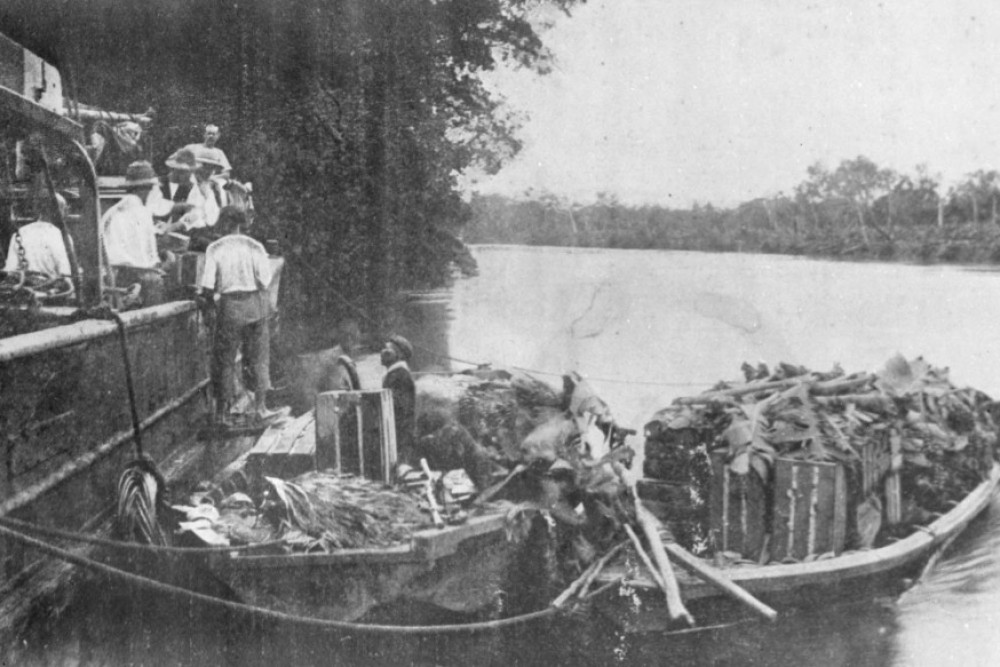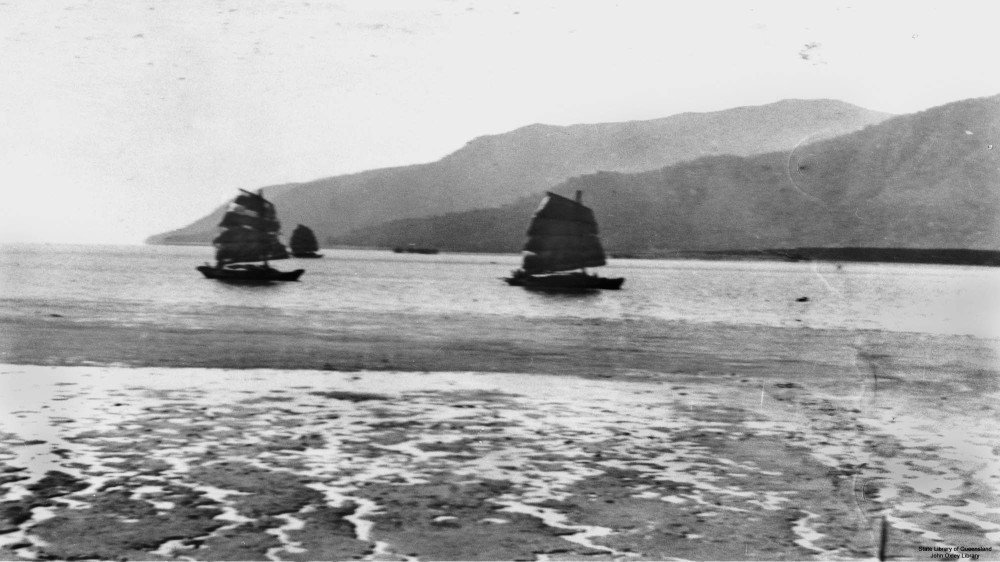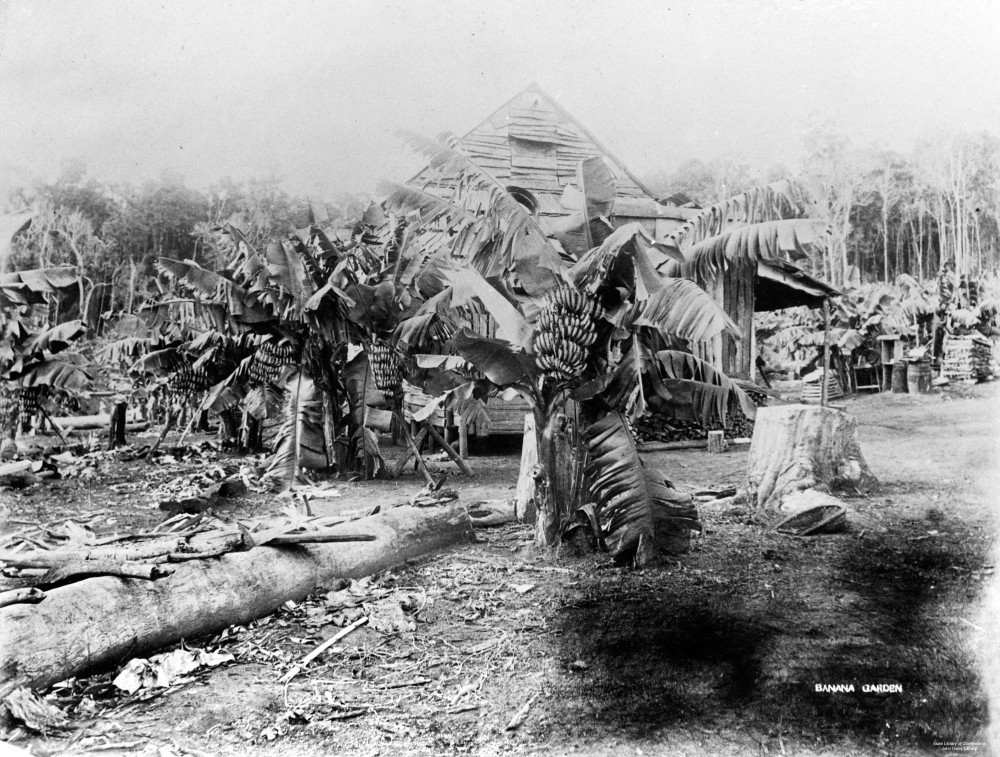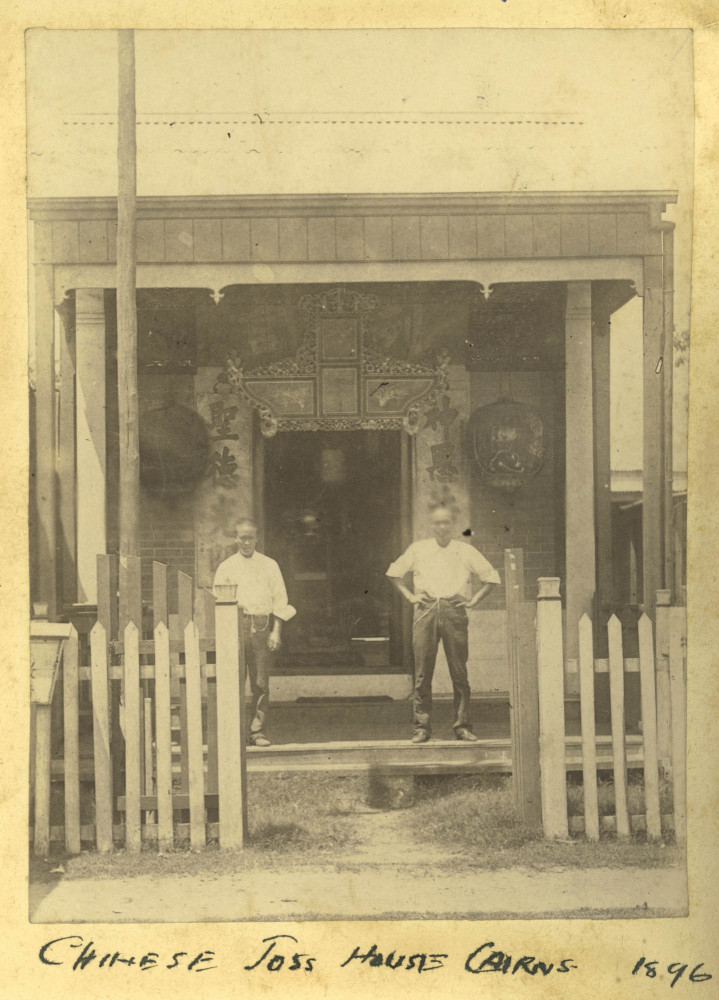Community
23 August, 2022
Fruitful business
BANANAS were big business in the early 1900s and any threat to exports was taken very seriously by the growers, exporters and councilors of Cairns.

Cairns council had calculated that each acre under bananas was worth £3 per year in revenue and in 1904 it was looking forward to a bonus of £1500 with five hundred acres of new land devoted to the crop.
Bananas rivalled sugar in FNQ as a report in the Northern Miner in July 1905 revealed. Based on annual tons shipped: bananas (68,629) exceeded sugar (63,000) by 5,629 tons.
Although Geraldton (Innisfail) was the main banana growing district with 1,324,948 bunches per annum, Liverpool Creek, Ella Bay and Cairns contributed more than 100,000 bunches each.
The growers, who were predominantly Chinese nationals, often transported the crops from their gardens or plantations by locally constructed junks or other small boats if there were nearby waterways such as the Barron, Tully or Johnstone Rivers.

On Monday, October 29, 1906, there was a notice in the Morning Post which reported that “a large number of Chinese junks are coming down the inlet every day laden with case bananas, to be shipped to Southern ports.”
The “green” case bananas would be shipped to the southern states via the A.U.S.N. and Adelaide Steamship Company vessels such as the “Aramac”, “Wodonga” and “Paroo”.
In early 1900 this thriving business came under threat when the southern colonies such as New South Wales wanted protection from fruit fly and rust infected produce. They proposed rigorous inspections of imported fruit from Queensland with whole consignments scrapped if one bunch was found defective.
Banana growers and associated businesses from the Cairns district signed a petition seeking a more measured approach to mitigating the threat of disease.

On February 6, 1900, The Brisbane Courier applauded the banana growers of the Cairns district for leading the way in preventing diseased fruit from leaving the colony.
Department of Agriculture representative, Mr. H. Newport, had urged growers to engage their own inspector to examine the produce before it was exported south.
Mr. Newport said: “The growers, mostly Chinese, have been advised of the seriousness of exporting affected fruit, and they have bound themselves to pay a fine to their joss-house of 1s. per bunch for all fruit found infected by the inspector, and should this occur frequently they accept the refusal of the inspector to pass any fruit from that garden.”
A report from November 1900 under the Diseases in Plants Act seemed to indicate the scheme was largely successful. It recorded that of 103,497 bunches of bananas inspected at Cairns, 64 were condemned and 103,433 were released for export.

Sources: TROVE, State Library of Queensland.
Chinese Family History
Family history buffs with Chinese ancestry have the opportunity to pick up some tips and information on useful resources at an upcoming online seminar.
The National Library of Australia is hosting the learning webinar: Chinese Australian Family History on Wednesday, August 31 from 1pm to 2pm.
It will be delivered live, via Zoom.
Participants can register online via: https://trove.nla.gov.au/event/learningwebinarchinese-australian-family-history or click https://bit.ly/3dAPvTh in our online edition


